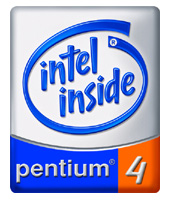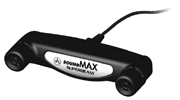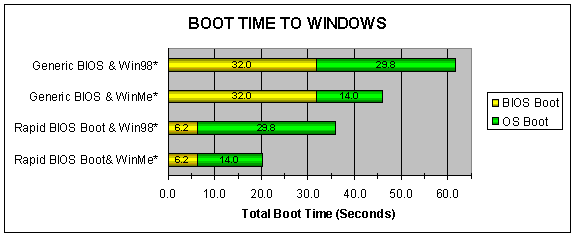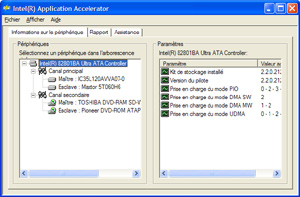
 |

|
| ActiveWin: Reviews | Active Network | New Reviews | Old Reviews | Interviews |Mailing List | Forums |
|
|
|
|
|
DirectX |
|
ActiveMac |
|
Downloads |
|
Forums |
|
Interviews |
|
News |
|
MS Games & Hardware |
|
Reviews |
|
Support Center |
|
Windows 2000 |
|
Windows Me |
|
Windows Server 2003 |
|
Windows Vista |
|
Windows XP |
|
|
|
|
|
|
|
News Centers |
|
Windows/Microsoft |
|
DVD |
|
Apple/Mac |
|
Xbox |
|
News Search |
|
|
|
|
|
|
|
ActiveXBox |
|
Xbox News |
|
Box Shots |
|
Inside The Xbox |
|
Released Titles |
|
Announced Titles |
|
Screenshots/Videos |
|
History Of The Xbox |
|
Links |
|
Forum |
|
FAQ |
|
|
|
|
|
|
|
Windows XP |
|
Introduction |
|
System Requirements |
|
Home Features |
|
Pro Features |
|
Upgrade Checklists |
|
History |
|
FAQ |
|
Links |
|
TopTechTips |
|
|
|
|
|
|
|
FAQ's |
|
Windows Vista |
|
Windows 98/98 SE |
|
Windows 2000 |
|
Windows Me |
|
Windows Server 2002 |
|
Windows "Whistler" XP |
|
Windows CE |
|
Internet Explorer 6 |
|
Internet Explorer 5 |
|
Xbox |
|
Xbox 360 |
|
DirectX |
|
DVD's |
|
|
|
|
|
|
|
TopTechTips |
|
Registry Tips |
|
Windows 95/98 |
|
Windows 2000 |
|
Internet Explorer 5 |
|
Program Tips |
|
Easter Eggs |
|
Hardware |
|
DVD |
|
|
|
|
|
|
|
ActiveDVD |
|
DVD News |
|
DVD Forum |
|
Glossary |
|
Tips |
|
Articles |
|
Reviews |
|
News Archive |
|
Links |
|
Drivers |
|
|
|
|
|
|
|
Latest Reviews |
|
Xbox/Games |
|
Fallout 3 |
|
|
|
Applications |
|
Windows Server 2008 R2 |
|
Windows 7 |
|
|
|
Hardware |
|
iPod Touch 32GB |
|
|
|
|
|
|
|
Latest Interviews |
|
Steve Ballmer |
|
Jim Allchin |
|
|
|
|
|
|
|
Site News/Info |
|
About This Site |
|
Affiliates |
|
Contact Us |
|
Default Home Page |
|
Link To Us |
|
Links |
|
News Archive |
|
Site Search |
|
Awards |
|
|
|
|
|
|
|
Credits |

|
Product: Pentium 4 2.8GHz & Intel D845EBT
Motherboard |
Intel D845EBT Motherboard
| Table Of Contents |
| 1:
Introduction 2: CPU Architecture 3: SSE2 Instructions & P4 2.8GHz CPU Design 4: Intel i82845e Chipset 5: Intel D845EBT Motherboard 6: Intel D845EBT Sound Features 7: Synthetic Benchmarks 8: Games Benchmarks 9: Applications Benchmarks 10: Benchmarks analysis 11: Conclusion |
This brand new motherboard is built around the Intel i
Despite
the fact, the i
 The D
The D
The best
feature of the Intel D
The back panel of the motherboard holds many surprises. Of course you have
the traditional mouse and keyboard PS/
In
addition to these audio features, the D

Andrea Electronics Super Beam
Array Microphone
 The
firmware of the motherboard is stored on the Intel
The
firmware of the motherboard is stored on the Intel

In order
to unleash the full potential of the motherboard you’ll have to install the
latest Intel INF chipset drivers so Windows can identify the components used
by the board. The second driver to install is Intel Application Accelerator
package that consists of advanced UDMA ATA drivers that will deliver faster
hard disk data transfers (increased by

Intel Application Accelerator
2.2 (click to enlarge)
